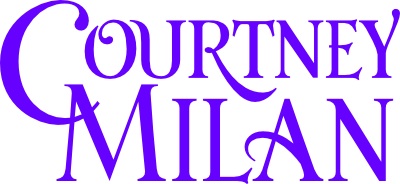I realize that there’s a lot of confusion about what the First Amendment actually protects.* So I thought it would be useful to post a quick and dirty test, so you could figure out if someone on the Internet was stomping all over your First Amendment rights.
Step One. Identify the believable threat the person has employed.
The threat has to be believable–that is, hyperbole (“I’m so mad, I could flamebroil you!”) and idiocy (“My brother’s dog’s girlfriend’s cousin’s lawyer is the county prosecutor, and he’s gonna throw you in jail!”) don’t count.
Step Two. Ask yourself, how bad is this threat?
“If you do not admit that Stephen Colbert is the best presidential candidate, I will have you executed by the government.”
“If you don’t stop arguing with me, I will throw you in jail for five years.”
“If you don’t stop criticizing my company, I will sue you for $400,000.”
Yup. These threats, if believable, are bad. They would have chilling effects. They have real power behind them. You need a non-quick guide to the first amendment, and you need it fast!
“If you don’t stop arguing with me, I will not read your next book.”
“If you do not admit that Stephen Colbert is the best presidential candidate, I will taunt you a second time.”
“If you don’t stop criticizing my company, I will compare you to a Nazi.”
These threats are threats to do precisely what someone has the right to do in the first place. In other words, suck it up.
Those who know about law will recognize that I have sailed right over basically every legal question, like the tricky question of state action, and any actual standards for recognizing categories of protected and unprotected speech. But those who know the law also realize, through repeated application of palm to face, that 98.6% of Internet free speech “violations” are, in fact, of the “taunt you a second time” variety, and so despite the lack of connection to case law, this is a pretty good test.
—–
* The only thing more confusing than some of the free speech doctrines (one part of the first amendment) are establishment clause doctrines (another bit). Luckily, the establishment clause is so confusing that random people on the Internet can’t figure out how to accuse each other of violating it, and so no quick guide is necessary.

Your footnote made me laugh out loud. I usually sum this up as “Freedom of Speech means the *government* can’t tell you to shut up, but I can say whatever I want.”
Sylvia, you’re totally right.
But the reason I didn’t say that is that the source of the speaker is important, but not material. So, for instance, if you serve me with a DMCA takedown notification, claiming that my criticism of BP is trademark infringement, you’re technically the speaker but you’re mustering government power.
That’s a tricky thing to encapsulate, and most of the real free speech issues on the ‘Net look like that–a private entity bringing governmental power to bear in some fashion–so I didn’t want to trivialize those.